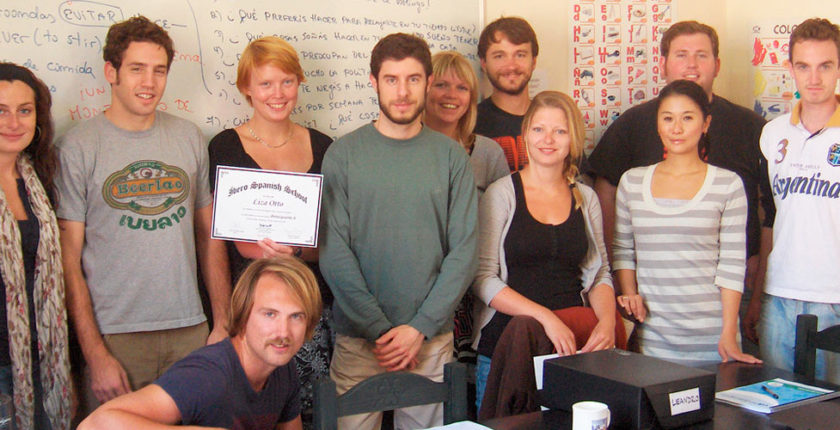Teaching English in South America: South America is an incredibly beautiful and diverse continent, but one that is often blighted by media reports of social divides, corruption, among other things. For my first time living and working in Latin America, Argentina was a great introduction to the continent. Getting used to things such as the different Spanish accent and punctuality, or the lack of it, is difficult at first, but Buenos Aires is a developed, cosmopolitan city with fine bars, restaurants and museums to help you settle and the city is huge and wonderful. Teaching in South America tends to be very different to what we’re accustomed to in the UK. With a TEFL course, CELTA or equivalent, English Teaching Jobs (ESL Jobs) are generally available teaching adults in language institutes or companies in the city center.
Teaching English in South America, Grammar in Context
The principle elements of a sentence are:
- Subject
- Verbs and Verb Phrases
- Direct and Indirect Objects
- Complements with Verbs that express feeling, appearing, being and seeming
- Modifiers
- Clauses
- Phrases
The parts of a speech that form a sentence are:
- Nouns and Nominals (infinitives, gerunds, ect.)
- Articles
- Verbs
- Pronouns
- Adjectives
- Adverbs
- Prepositions
- Conjunctions
- Interjections
Labels for sentence types are:
- Simple
- Compound
- Complex
- Basic & variations on basic sentence patterns
Word usage or lexicon is also used:
- Idiomatic constructions
- Formulaic expressions
- Use of phrases within sentences
What to take into account in order to teach English effectively in South America?
- Teach English grammar using direct instruction in English as a second or foreign language instruction. To do so, one should motivate students by demonstrating how the sentence structures can be used in real-life communication, drill the sentence structures with the students, and engage students using a variety of activities and group work.
- To teach sentence and sentence structure, begin with a simple sentence (José lost his book) and expand upon it, slowly making the sentence more complex (José was playing on the swings at the playground when he lost his math book. José also lost his science homework because it was in his math book).
- Another way to teach sentence structure is to focus on specific points of English language and grammar, such as relative clauses and negatives, individually and at different times.
- Sentence Recombination is another effective way to teach sentence structure, as well as paragraph structure, punctuation, transition, coherence, and parts of speech. It also forces students to use their critical thinking skills.
- Give English speaking/writing practices context. For example, role play different scenarios that would require a specific sentence structure.
Obviously a big attraction to living abroad and Teaching English in South America is the opportunity to travel. Depending where you are in Latin America, holidays can be up to three months, according to the academic year of classes, as in Chile and Argentina.
Author: Buenos Aires TEFL
